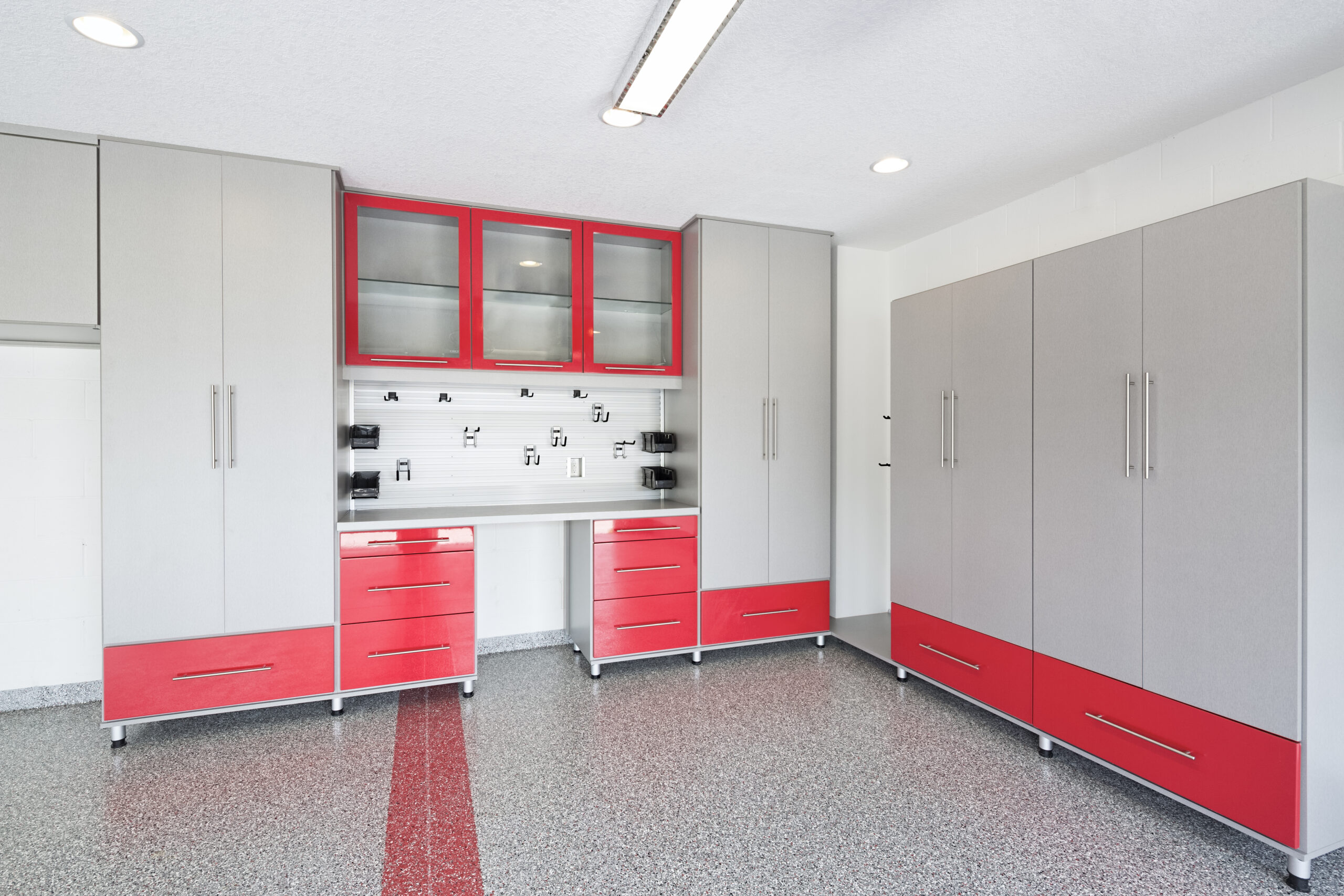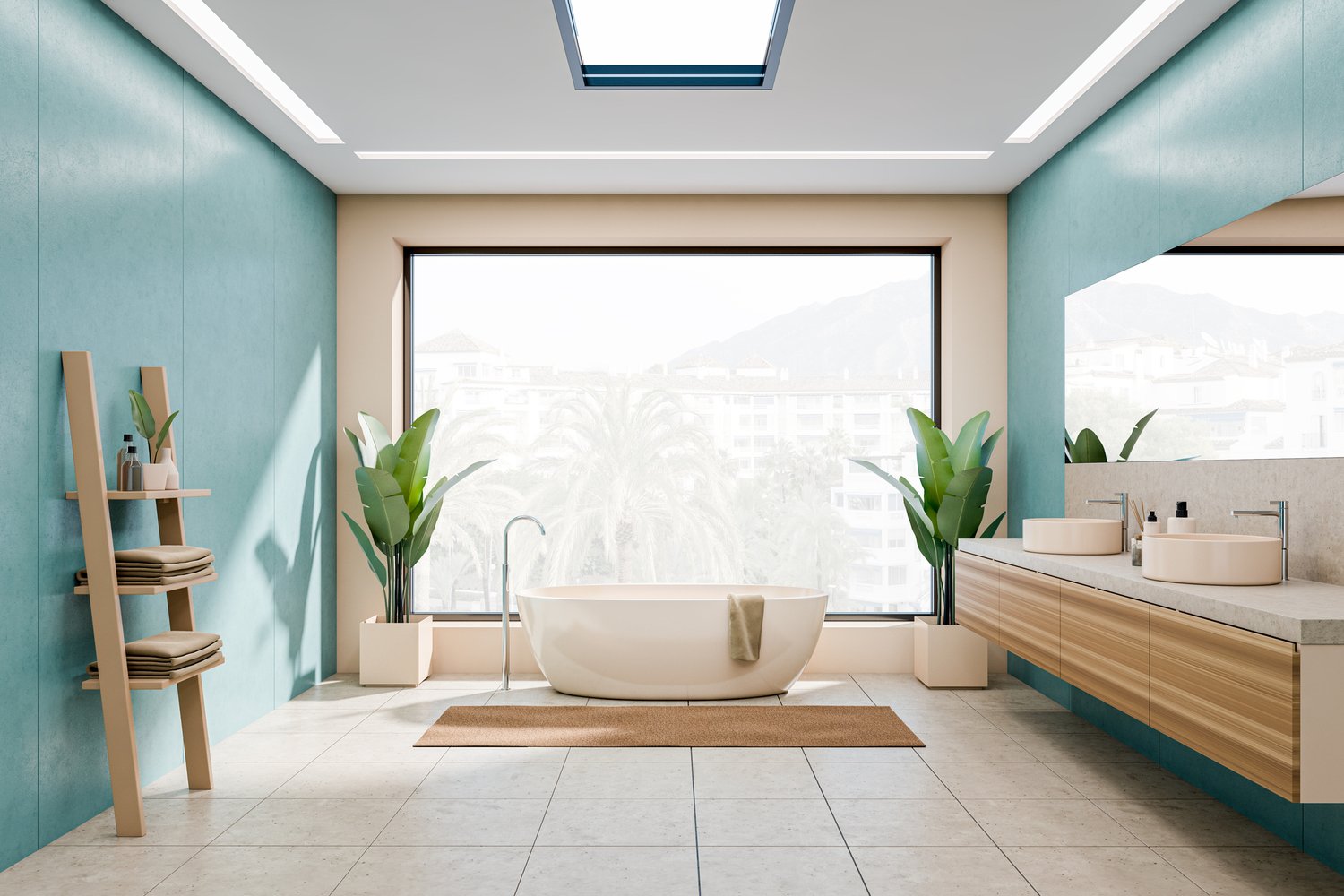Selecting the right flooring for moisture-prone areas like basements, bathrooms, and laundry rooms requires careful consideration of durability, water resistance, and maintenance requirements. Traditional flooring options that work well in dry spaces may quickly deteriorate when exposed to persistent dampness, leading to costly repairs and potential health hazards from mold and mildew. This guide explores various waterproof and moisture resistant flooring options specifically designed to withstand the challenges of damp environments, helping you make an informed decision that balances functionality, aesthetics, and longevity.
Understanding Moisture Challenges in Basements
Basements present unique flooring challenges due to their below-grade position, which makes them susceptible to moisture infiltration from the surrounding soil. Even in well-sealed basements, humidity levels tend to be higher than in above-grade rooms, creating conditions where standard flooring materials may warp, buckle, or develop mold. Before selecting basement flooring options, it’s essential to address any existing moisture issues through proper waterproofing, dehumidification, and ventilation. Testing your basement floor for moisture content using a simple moisture meter can provide valuable information about what level of water resistance your flooring needs to have.
Luxury Vinyl Plank and Tile
Among the most popular waterproof floors for basements and other damp areas is luxury vinyl plank (LVP) or luxury vinyl tile (LVT). These materials have revolutionized flooring options for moisture-prone spaces by offering 100% waterproof protection combined with attractive designs that mimic wood, stone, or ceramic. Modern LVP features a rigid core construction that remains dimensionally stable even with moisture exposure. The click-lock installation systems create tight seams that prevent water penetration, while the vinyl composition resists mold and mildew growth. For homeowners seeking the warm look of hardwood without the moisture concerns, LVP provides an ideal solution that can withstand occasional flooding without permanent damage.
Porcelain and Ceramic Tile
Porcelain and ceramic tiles have long been trusted options for moisture resistant flooring in bathrooms and kitchens, and they perform equally well in basement environments. Porcelain, in particular, offers exceptional water resistance due to its dense composition and low absorption rate. When properly installed with waterproof grout and sealant, tile creates a virtually impermeable surface that stands up to even persistent moisture exposure. The wide variety of sizes, colors, and patterns available makes tile a versatile aesthetic choice for any basement design scheme. While the surface remains cool to the touch, which some may find uncomfortable in below-grade spaces, this can be remedied with area rugs or by installing an in-floor heating system beneath the tile.
Engineered Concrete and Epoxy Coatings
For homeowners seeking industrial-chic aesthetics or maximum durability, finished concrete with epoxy or polyurethane coatings offers one of the best flooring for damp areas. This approach works with your existing concrete slab, transforming it into an attractive, seamless floor through grinding, staining, and sealing. Modern concrete finishing techniques can create a wide range of appearances, from polished marble-like surfaces to textured, decorative finishes. Epoxy coatings provide a completely waterproof barrier that also resists staining, chemical damage, and abrasion. These systems are particularly well-suited for basements prone to occasional water intrusion, as they won’t be damaged by flooding and can be easily cleaned after water exposure.
Specialty Products for Extreme Moisture Conditions
In basements with persistent moisture issues, specialized raised subfloor systems combined with appropriate moisture resistant flooring provide comprehensive protection. These systems, available through AskHomey and other home improvement retailers, create an air gap between the concrete slab and the finished floor, allowing moisture to evaporate rather than contact your flooring. When combined with waterproof membrane underlayments and proper perimeter waterproofing, these systems can transform even chronically damp basements into comfortable living spaces with durable, attractive floors.
Flooring to Avoid in Moisture-Prone Areas
Understanding which materials to avoid is equally important when selecting basement flooring options. Solid hardwood, laminate with fiberboard cores, and traditional carpet with organic padding are particularly vulnerable to moisture damage and should be avoided in basement installations. Even when a basement seems dry, these materials can absorb ambient humidity, leading to swelling, cupping, or providing an environment for mold growth. If you’re determined to have a wood look in your basement, engineered hardwood with a marine-grade plywood core offers better moisture resistance than solid wood, though it’s still not recommended for areas with direct moisture exposure.
Maintenance Considerations for Basement Floors
Any flooring installed in moisture-prone environments requires proper maintenance to maximize its lifespan. Regular cleaning prevents mold and mildew growth, while prompt attention to spills and leaks prevents water from migrating to subfloors or wall bases. For basements, maintaining consistent humidity levels through dehumidification helps protect not just your flooring but all finishes and furnishings from moisture-related deterioration. Periodic inspection of waterproofing systems and drainage ensures your investment in moisture resistant flooring remains protected from unexpected water intrusion.
For more tips and to connect with reliable home service professionals, follow AskHomey on Facebook and Instagram.



